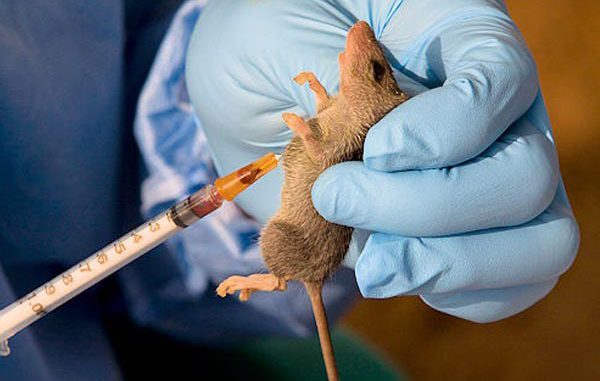
Nigeria faces a familiar public health challenge after an outbreak of Lassa fever claimed the lives of two patients at the Lagos University Teaching Hospital, throwing the entire hospital and the city of Lagos into panic. Three of the 100 people being traced in connection with the treatment of the cases were also declared positive after tests. Though health authorities say there is no reason to panic as the dreadful disease is being contained to make sure that it does not spread, people need to take personal hygiene more seriously as they did during the Ebola outbreak in 2014. It is unfortunate that reports indicating that news of the outbreak had been deliberately muffled for more than two weeks mean that some time has already been lost.
Lassa is endemic in Nigeria, and molecular dating suggests that Lassa virus has been around for over a thousand years and in some other West African countries for hundreds of years. The virus is named after the town in Nigeria where the first cases occurred. The virus, according to the United States’ Centres for Disease Control, a member of the virus family Arenaviridae, is a single-stranded RNA virus and is zoonotic, or animal-borne. The reservoir, or host, of Lassa virus is a rodent known as the “multimammate rat” (Mastomys natalensis). Once infected, this rodent is able to excrete virus in urine for an extended time period, maybe for the rest of its life. Mastomys rodents breed frequently, produce large numbers of offspring, and are numerous in the savannas and forests of west, central, and east Africa.
In addition, Mastomys readily colonise human homes and areas where food is stored. Lassa fever shares similar characteristics with the Ebola Virus Disease, another very deadly haemorrhagic fever, which Nigeria was able to effectively contain after an outbreak in 2014. Just like the dreaded Ebola, which caused devastation along the coast of West Africa, Lassa fever has an incubation period of between six and 21 days and symptoms include fever, general weakness and malaise during the first few days. Headache, sore throat, muscle pain, nausea, chest pain, vomiting, diarrhoea, abdominal pain and cough manifest later. Experts say the disease is preventable and can be treated. Improving food and personal hygiene is key to prevention at household level. But certainly, delay in diagnosis and treatment may be fatal.
It is important for people to be conscious of its symptoms. The World Health Organisation says that in severe cases, facial swelling, fluid in the lung cavity, bleeding from the mouth, nose, vagina; gastrointestinal track and low blood pressure may occur. As the disease progresses, it could lead to shock, seizures, and tremor; disorientation may be seen. In some cases, death occurs within 14 days of onset. For those who survive, about 25 per cent of the victims suffer deafness, which partially returns after one to three months in half of the cases, with a transient hair loss.
Lassa fever is transmitted through contact with the body fluid of an infected person. That is in cases of human-to-human transmission. But, primarily, it is caused when humans come in contact with an infected rat – the Mastomys rats – which are the carriers of the virus or in contact with foods or household items contaminated with rat faeces or urine.
Although endemic in West Africa generally, it is predominant in Nigeria, where it kills 5,000 people annually, according to Ishaya Pam of the Jos University Teaching Hospital. Confirming Pam’s claim on fatalities, WHO further states that between 300,000 and 500,000 people come down with Lassa fever every year.
The yearly spread of the disease cannot but be blamed on the country’s health authorities. It is a disease that can be treated if properly diagnosed and the treatment started early. For Nigeria, the steps to take include establishing more diagnostic centres that can effectively diagnose the disease so that vital early treatment can be administered.
Such preventive measures as promoting good, hygienic habits in households should be encouraged. Apart from taking measures to rid households of rats, efforts should also be made to properly store food items and grains such that rats are prevented from coming in contact with them. It is also recommended that, while caring for sick people, efforts should be made to avoid contact with the blood or other body fluids of the patients to avoid any infection.
Whenever a patient comes down with high fever, the family should not hesitate to take such a person to the hospital where proper diagnosis could be done to establish the real cause of sickness, rather than embark on self-medication, which is very common in the country.
Vaccination is the most viable control measure. Currently, there are no vaccines or antiviral drugs approved for Lassa fever. Treatment with intravenous ribavirin has been shown to reduce mortality from Lassa fever in high-risk patients and presumably decrease morbidity in all patients with Lassa fever. But it is encouraging that a new vaccine that completely protects non-human primates against Lassa haemorrhagic fever has been demonstrated. It uses the same technology that researchers recently used to create vaccines for the Ebola and Marburg viruses.
END

Be the first to comment